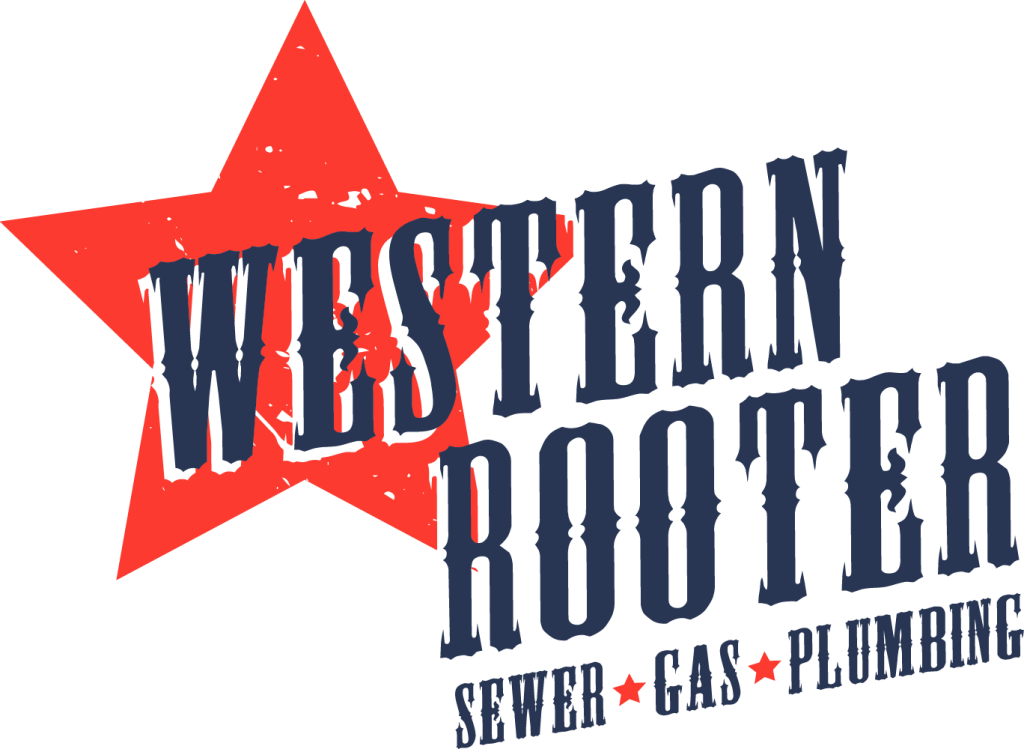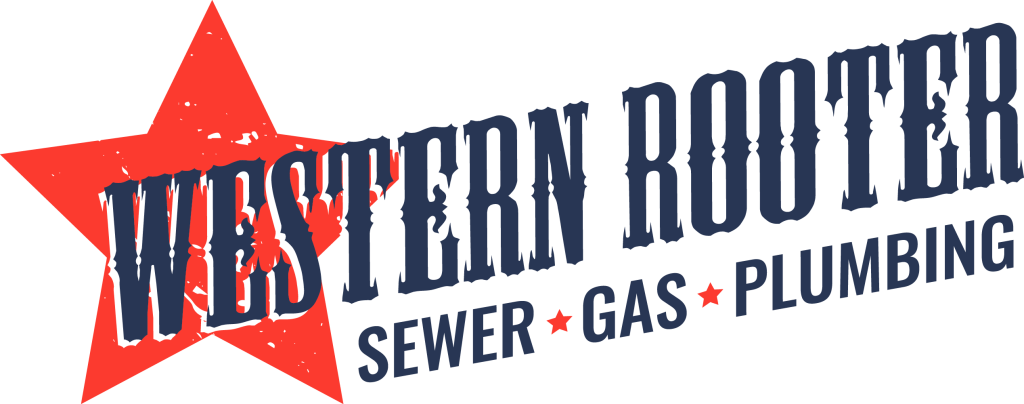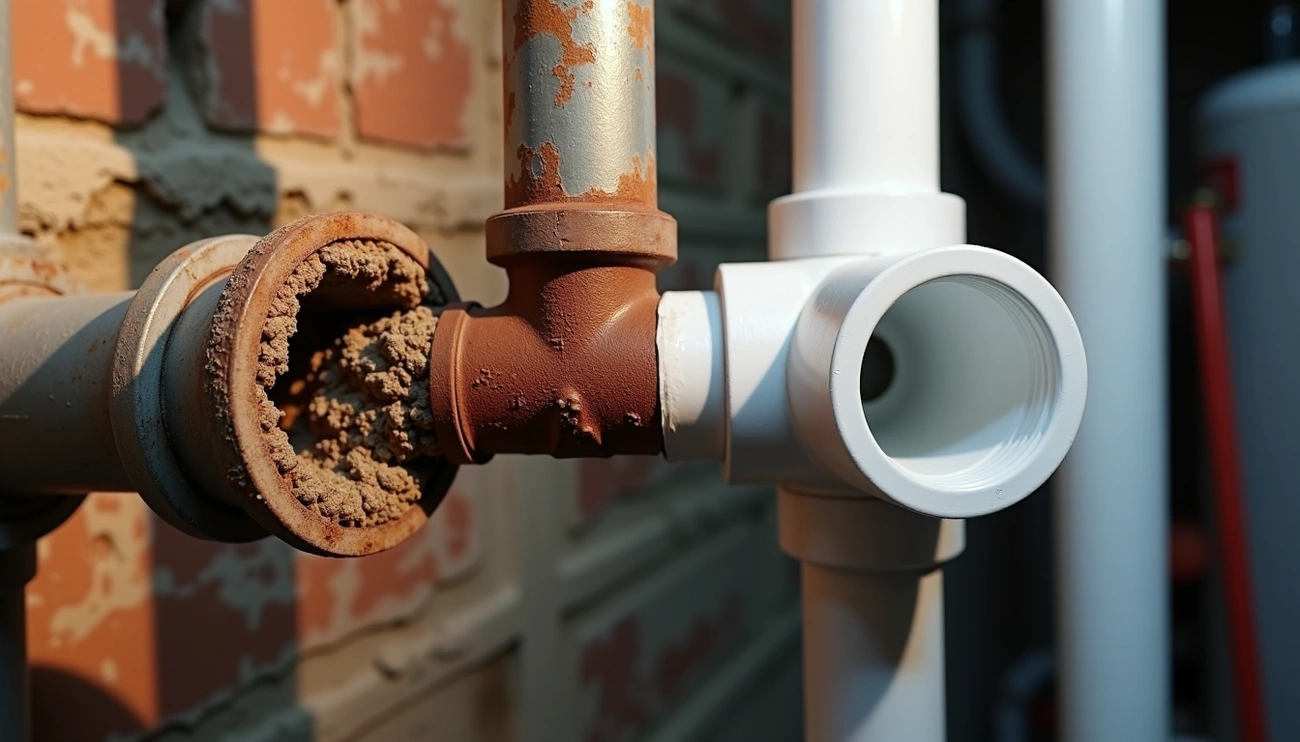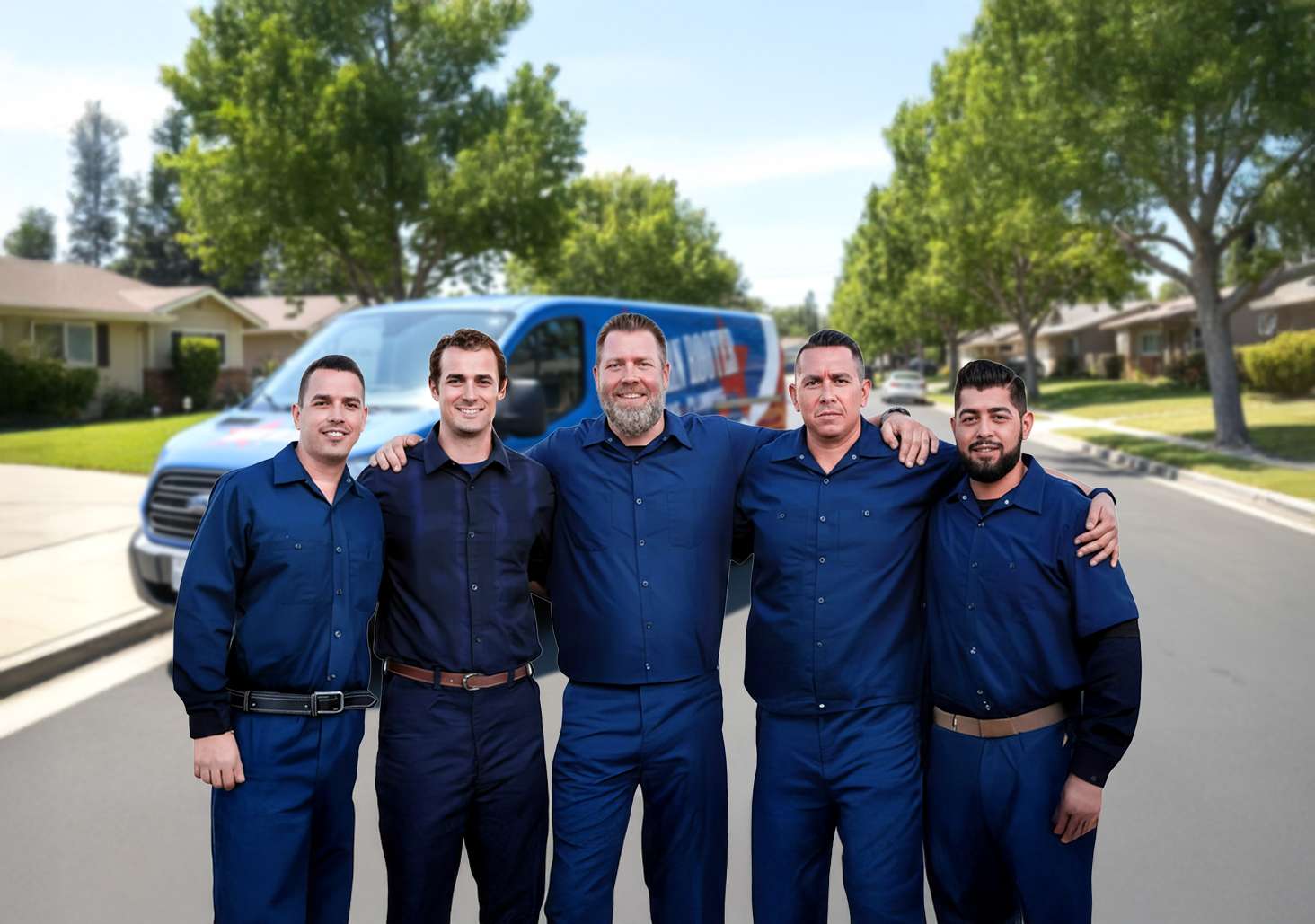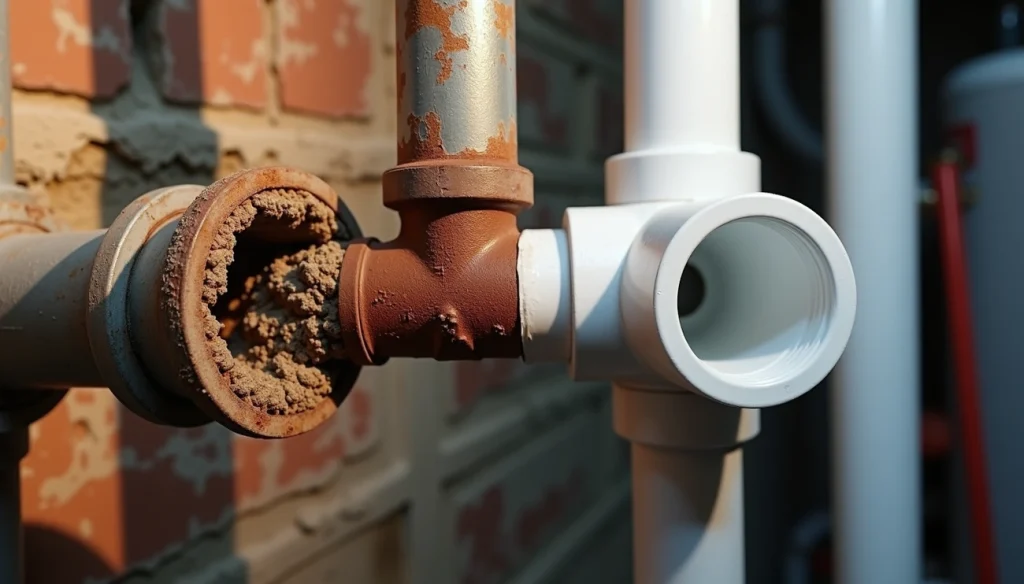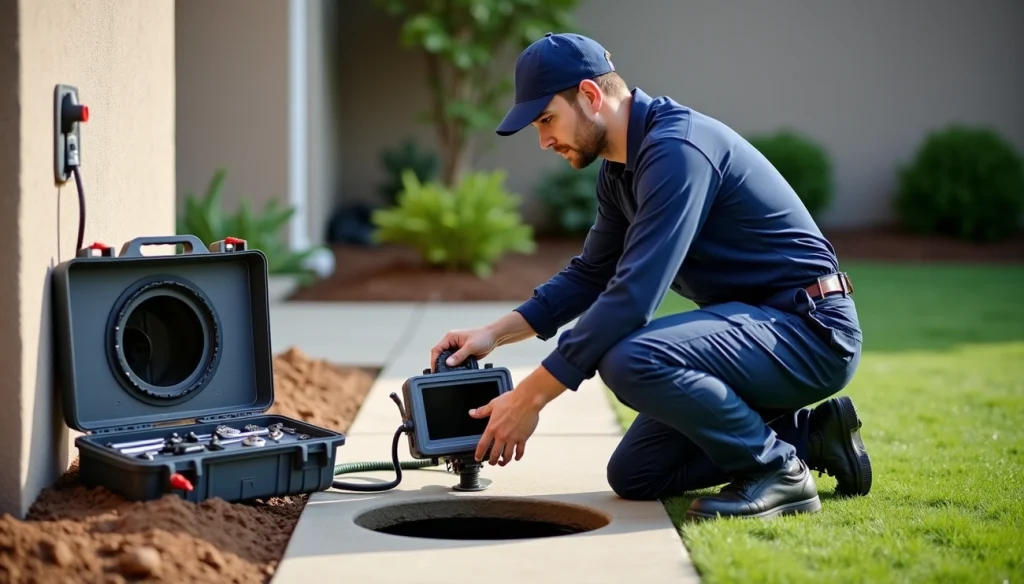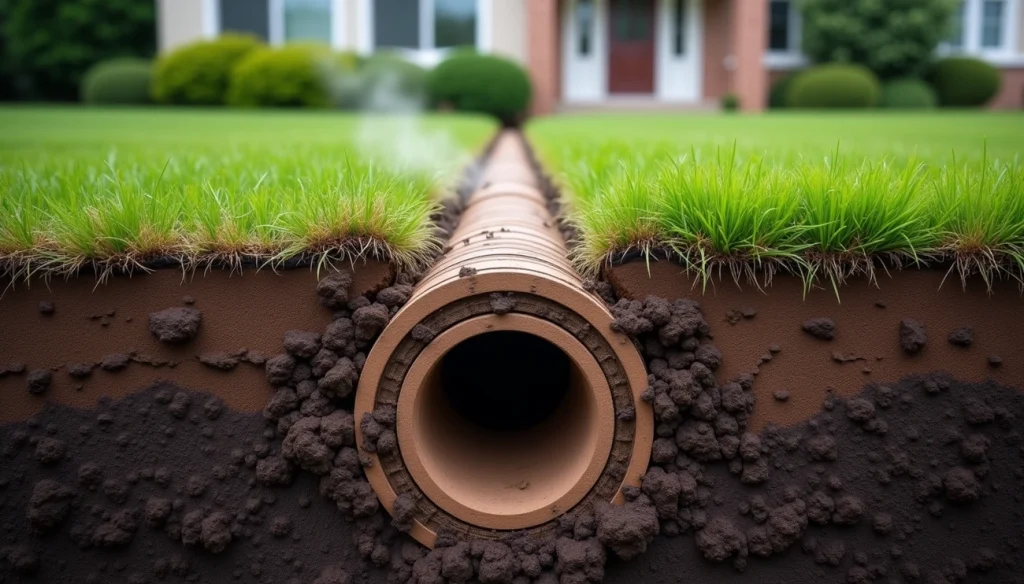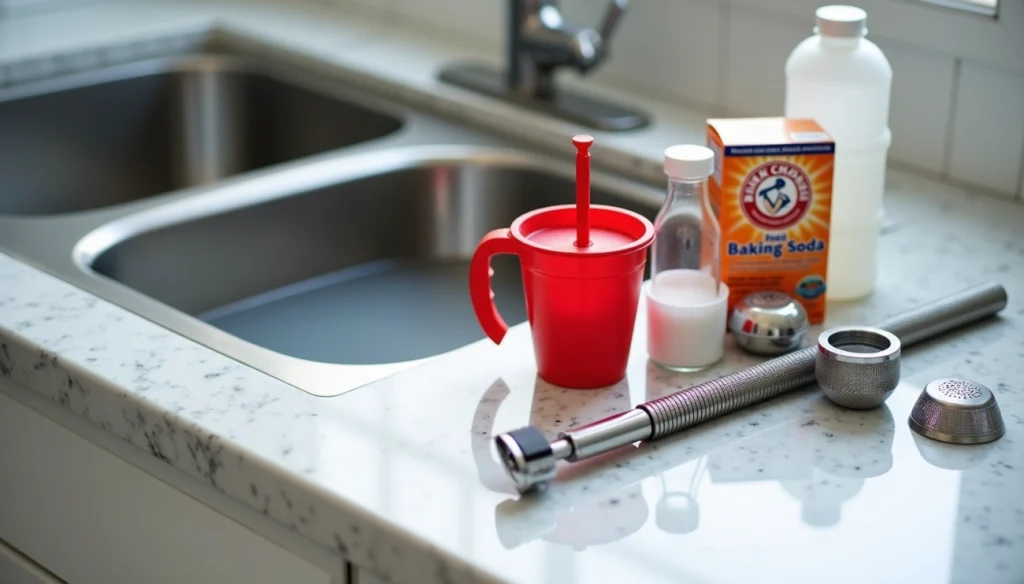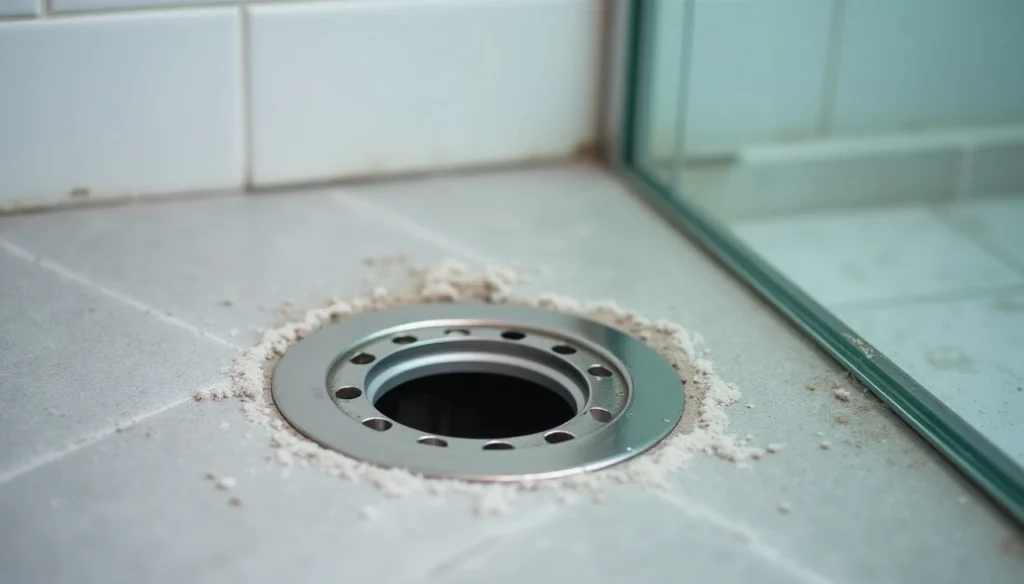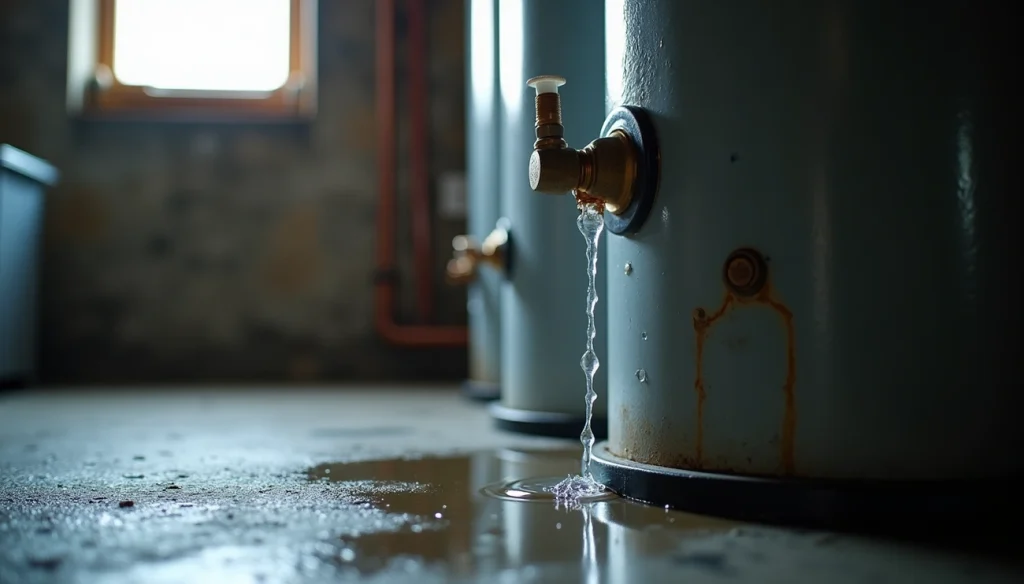Do your old plumbing pipes keep clogging no matter how hard you try to keep them clear? Many homeowners with older properties face this frustrating problem because of outdated plumbing systems.
Your plumbing system becomes more vulnerable to clogs as pipes deteriorate and materials break down. Older homes typically have narrow pipes that catch debris more easily. The aging pipes contain materials prone to rust and corrosion. This creates rough surfaces inside the pipes where grease, hair, and soap scum build up quickly. Many homes built before the 1980s used galvanized pipes. These pipes were later discontinued because they developed serious corrosion problems. Severe plumbing problems could cost you anywhere between $3,000 to $16,000 to replace.
Let me walk you through why your pipes keep clogging in this piece. We’ll look at the unique challenges of old house plumbing and practical solutions you can use right away. The key to fixing those kitchen sink backups and slow bathroom drains starts with understanding what makes old pipes so problematic.
Why old plumbing pipes clog more often
Your old plumbing pipes might clog more often than you’d expect. Let’s look at what’s really happening under your floors and behind your walls. Several key factors make these aging systems more likely to clog than newer ones.
Aging materials like galvanized steel and cast iron
Houses built before the 1970s typically have galvanized steel or cast iron pipes that have served way past their prime. Galvanized pipes were a popular choice in houses built between the 1940s and 1960s. These pipes usually last 40-50 years before they fail. Cast iron pipes can sometimes reach the century mark under perfect conditions. Most of them need replacement after just 25-50 years. These materials that builders once thought were lasting solutions now create persistent clogging issues in your house.
Pipe corrosion and mineral buildup
Time takes its toll on pipes and creates perfect surfaces for trapping debris. The protective zinc coating on galvanized pipes wears away, which leaves them defenseless against corrosion. Cast iron faces a similar fate through oxidation that creates rough, pitted walls inside. These rough surfaces catch everything from hair to food particles, and clogs start forming steadily.
Hard water leaves mineral deposits inside old pipes in houses that slowly shrink their inner space. This buildup gets thicker as time passes. Water flow decreases and clogs become almost certain.
Settling foundations and pipe misalignment
Your home’s foundation moves naturally over the years, and your plumbing moves with it. The smallest foundation shifts can stress pipe joints and connections. Pipes might twist, crack, or fall out of line. Downward pipe movement creates “pipe bellies” or negative slopes that block proper flow. Waste and sediment collect in these low spots. These dips become hotspots for constant blockages in old house plumbing.
Increased strain from modern appliances
Your older plumbing faces challenges it never saw coming. Today’s appliances like dishwashers, washing machines, and garbage disposals push aging pipes to their limits. A modern dishwasher needs drain lines at least 5/8 inch wide, but older systems often have 1/2 inch lines. This size difference creates bottlenecks where clogs love to form.
Call Western Rooter now for a free estimate. Don’t let your old plumbing pipes cause bigger headaches down the road!
Top causes of clogs in old house plumbing
Old plumbing pipes can develop stubborn clogs even in homes that are well taken care of. You need to figure out what’s causing these blockages to fix them properly.
Grease and food waste in kitchen drains
Your kitchen sink takes a beating from cooking residues every day. Studies show that grease makes up about 47% of residential sewer blockages. Fats, oils, and grease (FOG) turn solid as they cool down. They stick to pipe walls and create stubborn clogs. The grease pulls in other debris and creates cement-like blockages that stop water flow completely. These FOG buildups don’t just affect your home – they can cause sewer overflows onto streets and property.
Hair and soap scum in bathroom drains
Bathroom drains face different challenges. Hair strands clump together into thick masses that catch other materials. The soap residue mixes with minerals in hard water and creates soap scum. This sticky substance sticks to pipe walls and attracts mildew, mold, and bacteria. The mix creates perfect conditions for tough blockages, especially with older pipes that have rough surfaces.
Tree root intrusion in underground lines
Tree roots cause more than 50% of all sewer blockages. These determined invaders can spot tiny traces of moisture leaking from pipe joints or small cracks. Roots grow bigger inside the pipe after finding an entry point because they get plenty of water and nutrients. Clay, concrete, or cast iron pipes are easy targets because their joints break down over time. This creates perfect openings for searching roots.
Pipe bellies and negative slopes
House foundations settle over decades, and old house plumbing often develops “pipe bellies” – areas where pipes sag or dip. These low spots create negative slopes that collect water and waste. Solid waste can’t flow properly without the right slope. This leads to sediment buildup and eventual blockages. The bad news is that fixing pipe bellies usually needs excavation and replacement of affected sections.
Improper past repairs or DIY fixes
Old homes usually have a history of quick-fix plumbing repairs. Previous homeowners might have used wrong materials, incorrect pipe sizes, or bad techniques. These create bottlenecks where debris piles up. These DIY solutions often become the weakest spots in your plumbing system.
Call Western Rooter today to get a free estimate on fixing those stubborn clogs in your old plumbing pipes!
How to prevent clogs in older plumbing systems
Your old plumbing pipes need constant watchfulness to prevent clogs. These simple strategies can help keep your drains flowing freely throughout your home.
Use drain screens and strainers
Quality drain screens will catch debris before it enters your plumbing system. Kitchen strainers catch food scraps and solids effectively. Metal or mesh strainers work best in bathrooms to trap hair—the biggest reason for shower and sink clogs.
Avoid flushing non-degradable items
Fats, oils, and grease should never go down kitchen drains since they stick to pipe walls when solid. Food waste belongs in trash or compost bins, not in your drain. Keep hair, cotton balls, and sanitary products out of your toilets.
Flush drains with hot water and vinegar
Hot water should flow down your drains weekly to break up grease and soap buildup. Mix equal parts vinegar and baking soda monthly, followed by hot water to clear minor buildup without damaging old pipes.
Schedule annual plumbing inspections
Professional inspections can catch small problems before they become expensive repairs. These checks become vital especially when you have older homes with aging plumbing systems.
Upgrade fixtures to low-flow models
Low-flow fixtures help reduce strain on older plumbing systems. These fixtures use less water, so proper pipe slopes become necessary to maintain good flow velocity.
Call Western Rooter today to get your free estimate on keeping your old house plumbing running smoothly!
Fixes and upgrades that actually work
Permanent fixes solve old house plumbing challenges if prevention strategies fail. These proven upgrades give lasting solutions to persistent clogs.
Replace old pipes with PVC or PEX
Modern materials like PVC and PEX give quick relief from plumbing problems. PEX piping delivers superior flexibility and durability at half the cost of copper. This cross-linked polyethylene eliminates corrosion issues common in galvanized steel and prevents scale buildup found in copper. PEX pipes expand without bursting during freezes. A properly installed system might last over 100 years.
Install a modern garbage disposal
Modern garbage disposals help reduce kitchen waste that blocks plumbing issues in houses. Food debris gets ground into tiny particles that easily flow through pipes. The choice between continuous feed or batch feed depends on your specific needs.
Use hydro jetting for deep cleaning
High-pressure water from professional hydro jetting scours pipe walls clean without chemicals. Most old pipes in houses handle this technique safely if they remain structurally sound. A camera inspection should check if pipes can handle the pressure.
Re-pitch misaligned pipes
Proper slope restoration often needs repositioning of affected pipe sections. Better flow prevents waste from collecting in low spots.
Add a backwater valve for sewer protection
Backwater valves protect homes from sewage backup during heavy rainfall. Wastewater flows out while the valve automatically blocks any backward sewage flow.
Consider trenchless pipe repair options
Damaged pipes get fixed with minimal surface disruption using trenchless technology. Options like cured-in-place pipe lining, pipe bursting, and slip lining create new pipes inside old ones without extensive digging.
Western Rooter offers free estimates for upgrading your old plumbing pipes! Call us today!
Conclusion
Owners of older homes know the frustration of pipes that keep clogging. These blockages happen because of several reasons – old materials like galvanized steel and cast iron break down, minerals build up over time, foundations move, and modern appliances put extra stress on the system. What looks like a basic clog often points to deeper problems in your aging plumbing system.
You need to fix the root causes instead of just treating symptoms again and again. Quality drain screens and proper disposal habits are good places to start. On top of that, hot water and vinegar flushes help maintain your system, and yearly professional checks catch issues before they become emergencies.
Modern materials like PEX or PVC are nowhere near as prone to problems as older pipes when you’re looking at long-term fixes. These materials don’t corrode easily, can handle more water flow, and last much longer than older options. Services like hydro jetting are a great way to get your compromised system flowing again without replacing everything.
Your home’s plumbing works quietly until something goes wrong. Today’s preventive steps save you from tomorrow’s emergency repairs and costs. A professional opinion makes all the difference in making your pipes last longer, whether you need a basic inspection or a complete upgrade of your old house plumbing.
Call Western Rooter now to get your free estimate and fix those stubborn old pipe problems before they cause serious damage to your home!
Key Takeaways
Understanding why old plumbing pipes constantly clog and implementing the right solutions can save you thousands in emergency repairs and system replacements.
• Old pipes made of galvanized steel or cast iron develop rough, corroded surfaces that trap debris and reduce water flow capacity over time
• Tree roots cause over 50% of sewer blockages by infiltrating vulnerable joints in aging underground pipes
• Install drain screens, avoid pouring grease down drains, and flush weekly with hot water to prevent most common clogs
• Upgrade to PEX or PVC piping for permanent solutions – these materials resist corrosion and can last over 100 years
• Professional hydro jetting effectively removes stubborn buildup from old pipes without damaging the system when properly assessed
The key to managing old house plumbing is shifting from reactive repairs to proactive maintenance and strategic upgrades. While simple prevention methods can extend your system’s life, investing in modern materials like PEX piping or professional services like hydro jetting provides lasting solutions that eliminate recurring clogs and reduce long-term costs.
